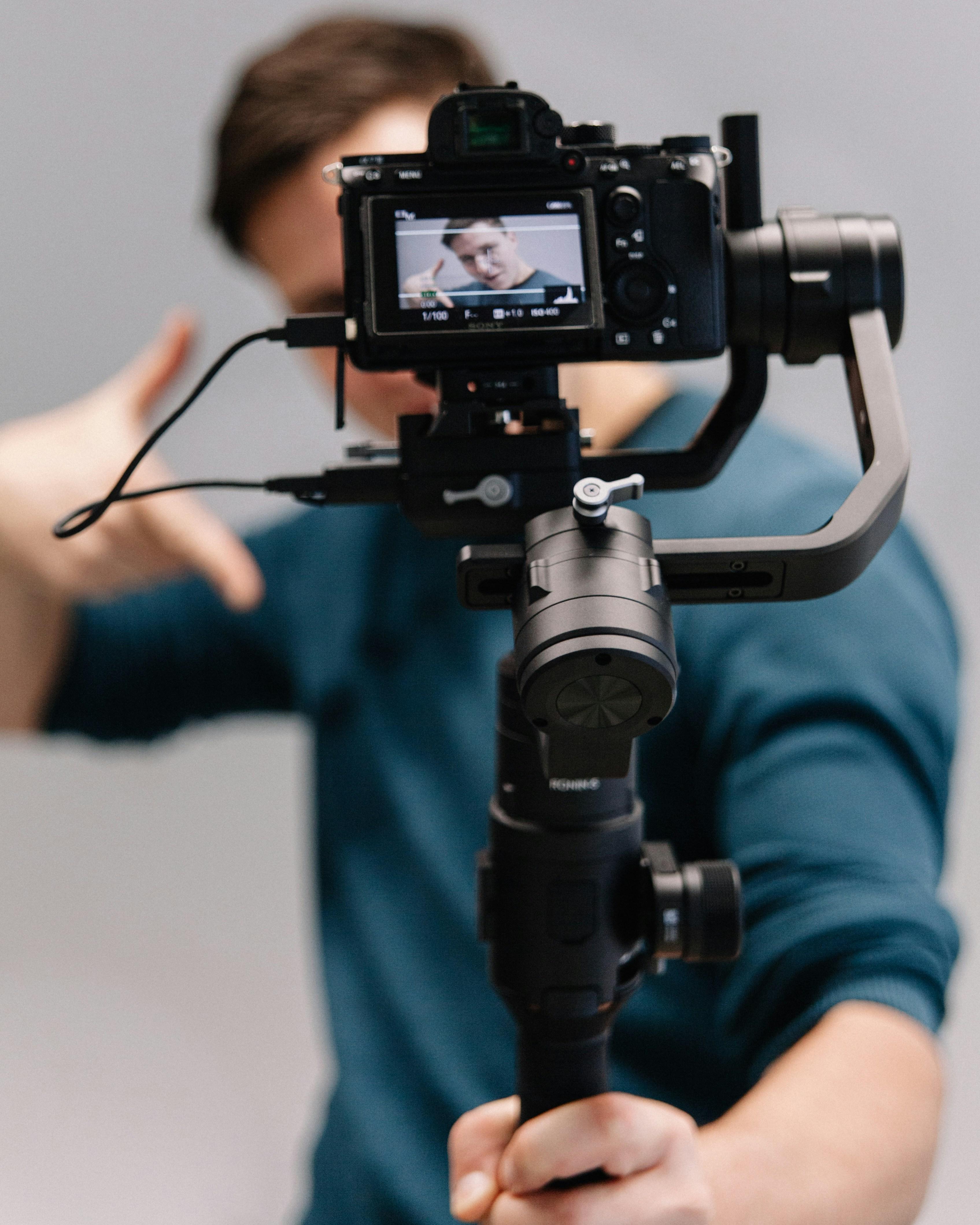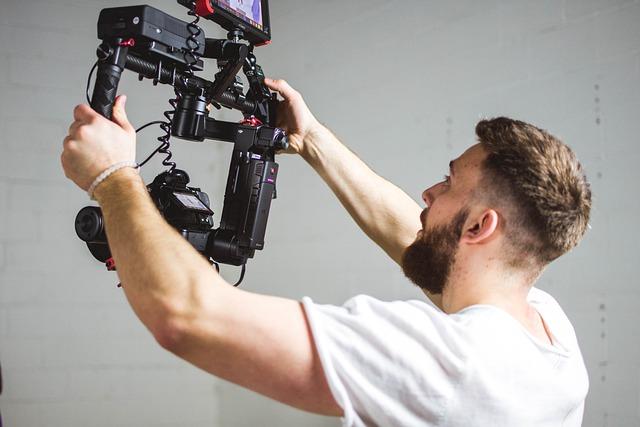In the realm of cinematic storytelling, few techniques captivate audiences as profoundly as the illusion of a single, continuous shot. The 2019 film “1917,” directed by Sam Mendes, stands as a masterclass in this art form, immersing viewers in the harrowing realities of World War I. Seamlessly weaving through the chaos of battlefields and the eerie calm of the trenches, the film’s innovative approach invites us to experience history as an unbroken thread of tension and emotion. This article delves into the meticulous craftsmanship behind “1917,” exploring how the filmmakers orchestrated this visual symphony to create a seamless journey through time and space.
Crafting the Illusion of Seamlessness: Cinematic Techniques Explored
In the realm of filmmaking, few endeavors are as ambitious as creating the illusion of a single continuous shot. Sam Mendes’ 1917 is a masterclass in this art, meticulously crafted to immerse audiences in an unbroken narrative flow. The film employs a blend of ingenious camera work, seamless transitions, and digital wizardry to achieve this effect. Cinematographer Roger Deakins orchestrates complex choreography between camera operators and actors, ensuring that every movement appears fluid and intentional.
- Camera Techniques: The use of Steadicams and wire rigs allows for smooth, dynamic shots that follow characters through trenches and battlefields.
- Hidden Cuts: Cleverly disguised edits are tucked away in moments of darkness, camera pans, or scenery changes, maintaining the illusion of continuity.
- Digital Compositing: Visual effects play a crucial role in stitching scenes together, filling in gaps where practical transitions are impossible.
This meticulous approach not only challenges traditional filmmaking but also enhances the storytelling by placing viewers directly in the heart of the action, blurring the line between audience and participant.

The Role of Technology in Achieving a Single-Shot Aesthetic
In crafting the seamless illusion of a continuous shot in 1917, technology played a pivotal role in marrying the artistry of cinematography with the precision of digital innovation. Advanced camera rigs and stabilization systems were meticulously designed to transition smoothly between scenes, enabling dynamic movement through intricate sets and landscapes. This was complemented by digital stitching, a technique that blended separate takes into a single, fluid narrative, ensuring the audience remained immersed in the relentless journey.
Additionally, the use of LED screens and real-time rendering allowed filmmakers to manipulate lighting and environmental effects with unprecedented control, maintaining visual consistency across varying conditions. The collaboration between directors, cinematographers, and VFX teams was crucial, as they employed cutting-edge software to meticulously plan each sequence. Key technological contributions included:
- Virtual Reality Pre-visualization: Enabled precise planning and rehearsal of complex shots.
- Custom-built Drones: Provided innovative aerial perspectives while maintaining the single-shot illusion.
- High-Resolution Cameras: Captured intricate details necessary for seamless transitions.
These technological innovations not only facilitated the creation of a visually stunning experience but also pushed the boundaries of storytelling in cinema.

Behind the Lens: Collaborations and Creative Decisions
In crafting the illusion of a continuous shot for “1917,” collaboration was paramount. Director Sam Mendes teamed up with legendary cinematographer Roger Deakins, whose expertise was crucial in bringing this ambitious vision to life. The duo meticulously planned each scene, considering every movement and angle, ensuring the fluidity of the narrative. Seamless transitions were achieved through clever editing techniques and precise choreography, requiring the cast and crew to perform with unwavering precision.
The creative process involved several key decisions:
- Custom-built sets: Entire environments were constructed to allow for unbroken movement through the scenes.
- Innovative camera rigs: Custom rigs were designed to glide through trenches and over obstacles, maintaining the immersive experience.
- Lighting mastery: Natural light was simulated to adapt to the film’s real-time progression, requiring precise timing and coordination.
These creative choices not only pushed the boundaries of traditional filmmaking but also underscored the power of collaboration in achieving cinematic innovation.

Practical Challenges and Solutions in Continuous Shot Filmmaking
Filming a movie to appear as one continuous shot presents numerous practical challenges, requiring meticulous planning and execution. One significant obstacle is ensuring seamless transitions between scenes. Directors often use cleverly hidden cuts, such as passing through dark spaces or behind objects, to maintain the illusion of continuity. In “1917,” these transitions were essential to creating the immersive experience, demanding precise choreography from both actors and crew.
Solutions to these challenges involve innovative camera work and synchronized movements. The use of Steadicams and gimbals allows for fluid motion, while careful blocking ensures actors hit their marks consistently. Additionally, the production team must coordinate timing with natural elements like lighting and weather, which can affect the visual consistency of the scene. By integrating these techniques, filmmakers successfully craft a narrative that feels uninterrupted and engaging.

